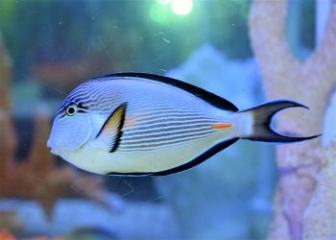Nemo Fish (Clown Fish) - Learn about the lovely, easy-to-raise marine aquarium fish
Blog | by
Nemo fish, also known as clown fish, is a popular saltwater aquarium fish with a cute appearance, eye-catching orange color with white stripes and black edges. It has an interesting symbiotic lifestyle with sea anemones.
Nemo fish or more accurately called clown fish, it is not only the main character in the super cool animated film "Finding Nemo" but also a popular saltwater aquarium fish loved by many hobbyists. Because it has a colorful color with orange tones mixed with eye-catching black and white stripes, a pleasant temperament, and is easy to adapt.
In today's article, nice fish will share with you in detail about the origin, habits and how to raise Nemo fish to help you gain more experience in raising this special fish species, let's find out now!
Origin and habitat of Nemo fish - Clown fish
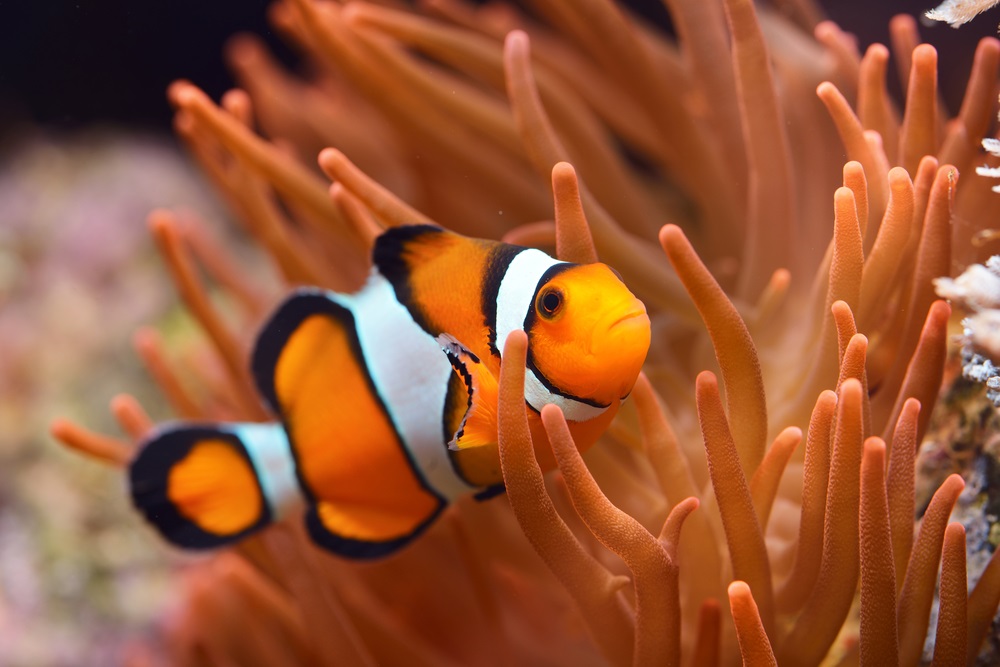
Nemo fish or clown fish.
Nemo fish, also known as Clown fish, originates from tropical seas in the Indian and Pacific Oceans, especially in the Andaman Sea, the East Sea, the seas around Indonesia, Malaysia, the Philippines, and some seas of Japan.
This fish species usually lives in warm coastal waters at a depth of 1 - 15 meters, where coral reefs and sea anemones grow.
Clownfish became famous and known to many aquarium hobbyists through the famous Disney animated film "Finding Nemon - Finding Nemo" released in 2003.
Although this fish species is not on the list of endangered species, its habitat is increasingly being destroyed and the number of fish caught is increasing, which is also alarming.
Physical characteristics of Nemo fish - Clown fish

Clownfish have orange color combined with prominent black and white stripes.
Nemo fish is an ornamental fish with a very distinctive appearance and is the most easily recognizable in the ornamental fish world with its bright orange color and prominent black and white stripes. Let's learn more about the appearance of this fish.
- Size : Compact, usually 6 - 11 cm long, females are usually larger than males.
- Shape : Body is oval and flattened from both sides.
- Dorsal fin : Divided into two parts, the front part has sharp, hard spines, the back part is softer.
- Pectoral, caudal & pelvic fins : Balanced, usually orange, edged with black.
- Face : Lovely and expressive with large round eyes set on either side of the head, small mouth, facing upwards.
- Color : Usually orange, combined with white stripes and black borders running across the body, creating an extremely prominent and recognizable appearance. However, there are some clownfish species that can be yellow, orange-red or black, pink depending on the sea area they live in.
Clownfish Behavior - Nemo
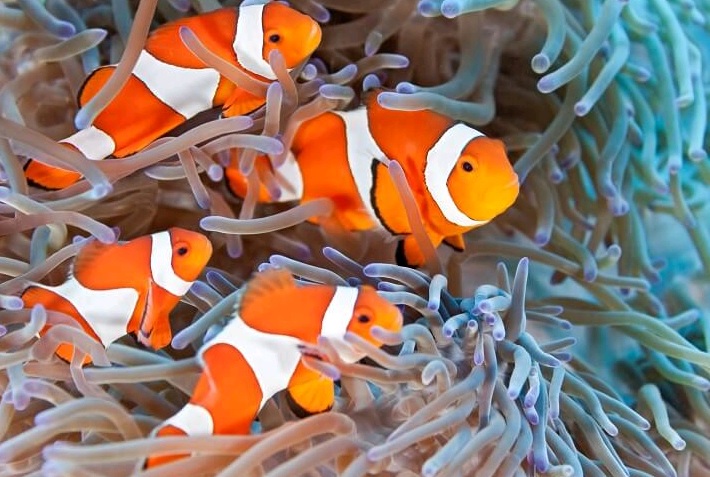
A school of Nemo fish is living among the tentacles of a sea anemone.
Nemo fish is a species of fish with very special habits from gender, reproduction to interesting symbiotic relationship with sea anemones. Let's find out more below.
Symbiotic Relationship with Sea Anemones
Clownfish are closely related to sea anemones, which have poisonous tentacles. However, clownfish have a special mucus on their skin that helps them avoid being stung by anemones and can live safely among their tentacles.
This is a mutually beneficial symbiotic relationship, the clownfish is protected, the anemone is cleaned by the clownfish, stimulating water circulation and protecting it from pests such as parasites.
Clownfish are sequential hermaphrodites.
Nemo is a very special fish, it has the ability to change sex, a fish can have male and female sexes alternating at some point. If the female leader dies, the male leader will automatically change sex to female and continue the task of maintaining the species.
This is a form of orderly sex change and is also a fairly rare biological phenomenon in the animal kingdom.
Live in a pack and have a clear hierarchy
Nemo fish prefer to live in small groups in an anemone "nest". However, they still have a special hierarchy as follows:
- The leader & spawner : The female is the largest.
- Female mate : Male is second largest in size.
- The remaining fish : Do not breed.
Protective behavior, loyal to the rabbit "nest" territory
Clownfish are very loyal to their anemone "nest", they usually only stay within a few meters of their anemone and during their entire life, they do not want to leave the nest.
They also showed aggression towards other Nemo fish not in their group that dared to come near their anemone nest.
Audio communication
Nemo fish often communicate with each other through sounds like "click", "pop" or show submission by shaking their bodies or swimming slowly. This is indeed an interesting habit, isn't it?
Reproduction of Nemo Clownfish
Clownfish lay their eggs on rocks near their anemone nests during the full moon. After the female lays her eggs, the male will act as a fan to provide oxygen, clean up the eggs, and protect them from predators.
Eggs will hatch after about 6 - 10 days, usually hatching at night.
Detailed instructions for raising Nemo fish
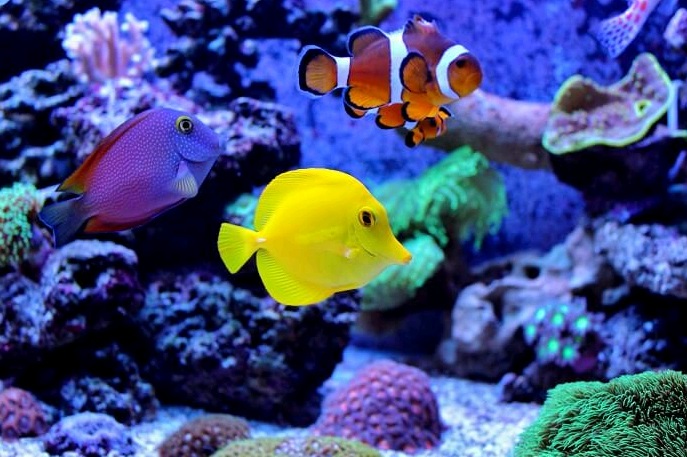
Nemo fish are kept with many other saltwater fish.
Nemo is a marine fish, so if you want to raise this fish, you need experience as well as a lot of money. Follow the instructions below to confidently try your hand at this special fish.
Preparing the clown fish tank
To raise Nemo fish, you need to prepare an aquarium that meets the following basic requirements:
- Size : Minimum 60 liters for a pair of clownfish, best from 90 - 120 liters if you want to raise more anemones, corals or many other saltwater fish.
- Filter : Necessary to clean water and stabilize the ecosystem in the tank.
- Protein Skimmer : Should have to help remove excess organic matter in the tank.
- Decoration : Rocks, corals to make shelter for fish.
- Wave Maker : Should have to help simulate ocean currents.
- Lighting : If you keep corals and anemones, you need a suitable lighting system.
Ideal water parameters for raising Nemo fish
To help clownfish grow well in artificial aquarium conditions, you should treat the water in the tank to meet the following optimal criteria:
- Temperature : 25 - 27 degrees Celsius.
- pH : 8.1 - 8.4 (Much higher than freshwater fish).
- Salinity : 1.020 -1.026 SG.
- Ammonia, Nitrite : Always 0.
- Water change : Change 10 - 20% of water every week.
Mix sea water properly
To create a suitable marine environment for clownfish, you need to do the following:
- Choose artificial sea salt like Red Sea, Instant Ocean,...
- Mix according to the ratio on the package, usually 35g of salt per 1 liter of water.
- Then proceed to aerate and measure the salinity to see if it has reached the standard of 1.020 - 1.026 SG.
What do clownfish eat?
Nemo clownfish can eat the following foods:
- Industrial pellet feed: Special type for marine fish with added algae, high protein.
- Live food: Minced shrimp, sea worms.
- Food: Only feed 1-2 times per day, each time give just enough food to avoid fish not eating all of it and polluting the water in the tank.
Clownfish should be paired
To keep Nemo fish happy and stress-free, you should keep 2 clown fish of different sizes, 1 large - 1 small, in the same tank. The larger one will become female and the smaller one will become male. Do not keep 2 clown fish of the same size in the same tank because they may have conflicts.
Tips for new Nemo fish keepers
To be successful in raising clownfish, you need to keep in mind the following things.
- At first, you should only keep clownfish and live rock, then after 1-2 months, start adding sea anemones or corals.
- Maintain temperature, light, and salinity at optimal levels because Nemo fish are very sensitive.
- You should not change all the water at once, but only change slowly 10 - 20% each time.
- Nemo fish should only be kept with gentle species such as goby, snails, and shrimp.
Common diseases in Nemo fish and how to treat them
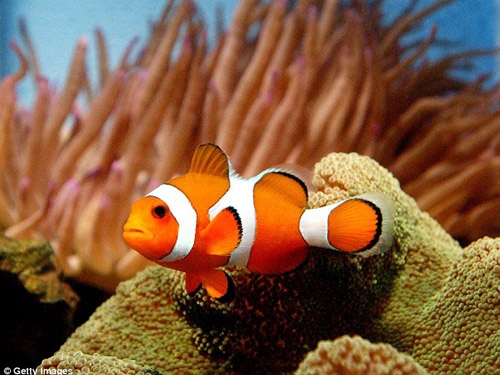
Clownfish Nemo is swimming next to the rocks near the sea anemone.
Clownfish Nemo when raised in artificial captivity can suffer from some diseases due to stress, unstable living conditions, parasites, bacteria,... Let's learn about some common diseases in Nemo to know how to handle them promptly.
| Disease name | Reason | Signs of recognition | How to handle |
| Water shock | Sudden water change, pH drop, dirty water, insufficient salinity, fish not acclimated to water,... | Fish swim sideways, lethargic, refuse to eat, darken color, panic or just lie still at the bottom of the tank |
Check water quality again. Add microorganisms, increase aeration. Fast the fish for 1 - 2 days. |
| Fin rot |
Due to bacteria attacking open wounds of fish. Due to dirty water, lots of organic matter. |
Fins are torn, worn, discolored. The fish swim sluggishly and slowly. |
Isolate sick fish. Bathe fish with specialized antibiotics such as Kanamycin, Melafix. Bathe in diluted Epsom salt at a dose of 2g/liter for 20 - 30 minutes. |
| Fungal disease |
Due to parasites. It can spread rapidly and kill fish within days. |
The fish are translucent, dusty white or velvety grey. The fish stopped eating, was lethargic, and just stood still. |
Isolate sick fish immediately. Use specialized antifungal drugs such as Copper, Acriglavine,... Kill pathogens in the main tank by "starving the fish" - Remove all fish from the tank for 6 - 8 weeks to let the parasites die off because there is no longer a host to parasitize. |
Effective ways to prevent disease :
- Quarantine newly purchased fish for at least 2 weeks in a separate tank.
- Keep the water environment stable and clean.
- Do not overfeed fish.
- Use garlic mixed with food to increase fish resistance.
Nemo fish price list
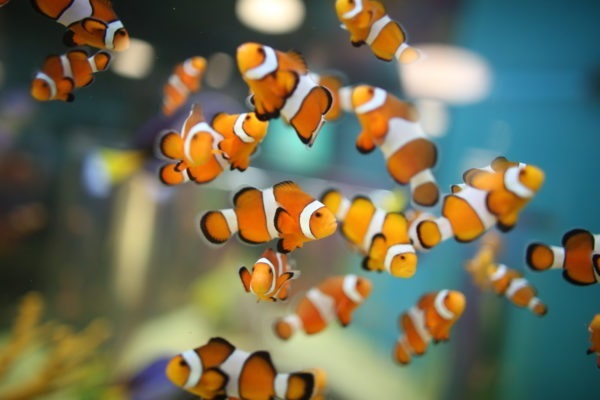
A tank of baby Nemo fish.
Currently, the price of Nemo clownfish in Vietnam fluctuates a lot depending on origin and size. You can refer to the following price list to get detailed prices.
| Nemo fish | Price (reference) | Note |
| Artificial Nemo Clownfish 3 - 5 cm | 35,000 - 40,000 VND/child | Bred by the Institute of Oceanography in Nha Trang. |
| Artificial Nemo clown fish 6 - 7 cm | 120,000 - 150,000 VND/child | Adult fish, more common. |
| Mutant clownfish Nemo has colors Mocha, Snowflake,... | 300,000 - 1,000,000 VND/child | Rare color, high price |
| Wild caught Nemo fish | 200,000 - 250,000 VND/child | Beautiful color but difficult to breed artificially because not domesticated. |
Questions and answers about Nemo fish - Clown fish
Is Nemo fish edible?
Biologically, Nemo fish are not poisonous and can be eaten, but surely no one wants to eat this beautiful little fish, right?
What kind of fish is a clown fish?
Clownfish are saltwater fish.
How long does Nemo fish live?
The Nemo clownfish can live from 6 to 10 years if cared for in good conditions.
Do Nem fish need sea anemones to live?
Not required because in nature, clownfish live in symbiosis with sea anemones for protection and shelter, so in artificial conditions you may not need to keep clownfish with sea anemones.
The most beautiful and cute Nemo fish pictures
Below, we have compiled many of the most beautiful and cute images of Nemo clownfish, very suitable for you to look at or download as wallpaper for your phone, computer... Let's admire them right away.
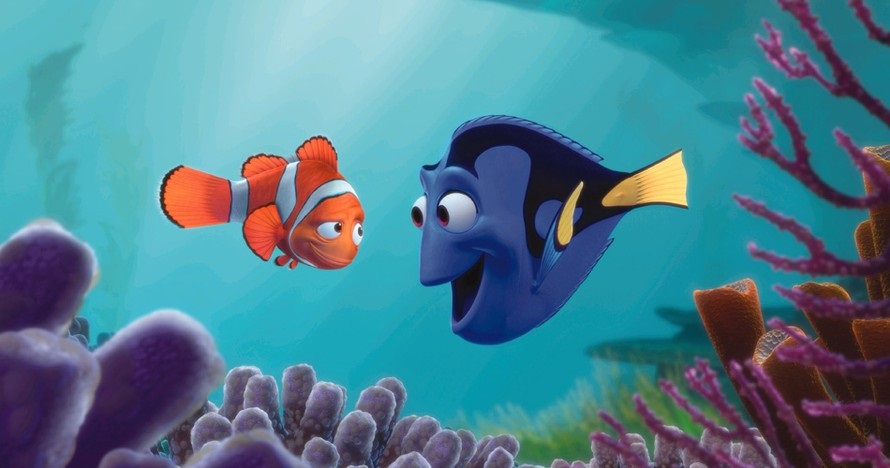
Clownfish Nemo and his friend Dory in the movie "Finding Nemo".
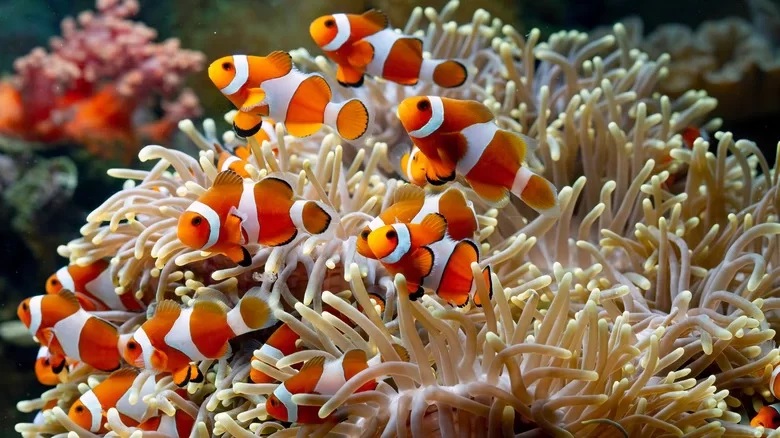
A school of Nemo fish are living on a sea anemone.
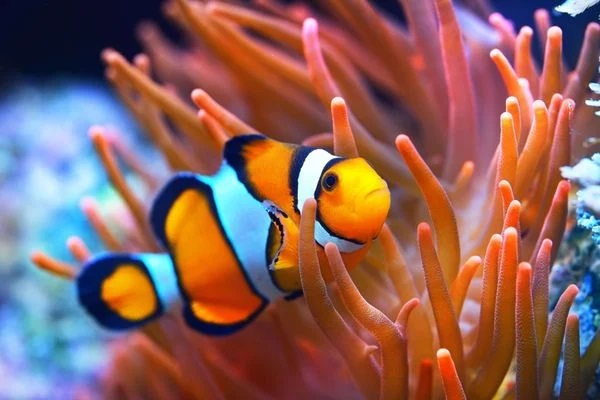
The clown fish stands out among the coral.
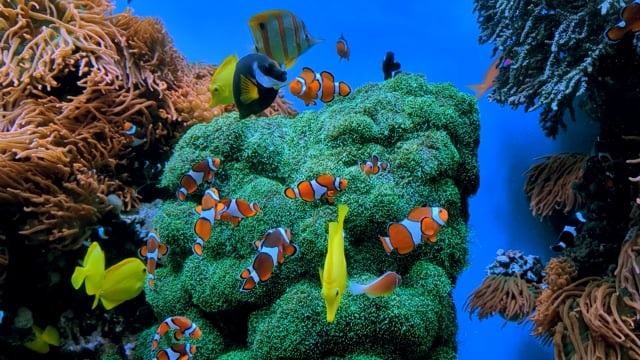
Image of Nemo fish in the wild.
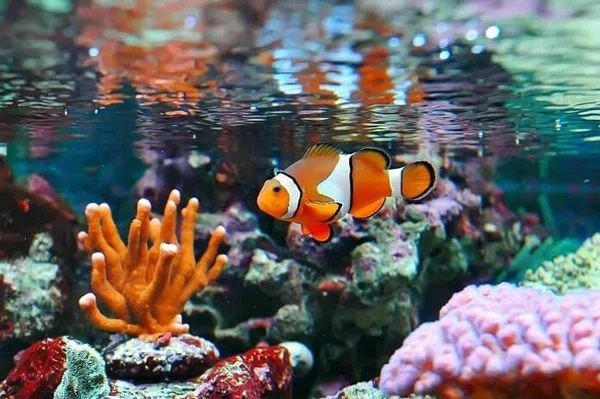
Nemo's clownfish tank is decorated with many coral reefs.
Hopefully through the article that nicefish.net shared above, you have learned more about Nemo fish (Clown fish) , a beautiful, cute saltwater aquarium fish with many interesting habits and quite easy to care for in artificial conditions.
If you want to learn more about other aquarium fish, please read the next articles in our Blog section!
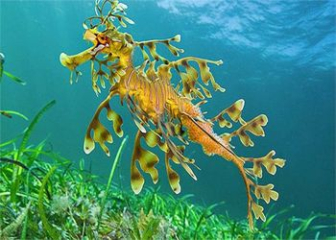
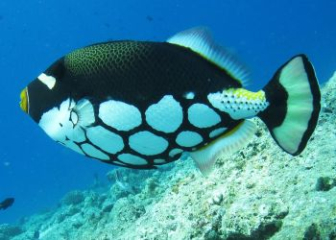
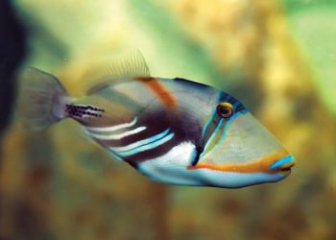
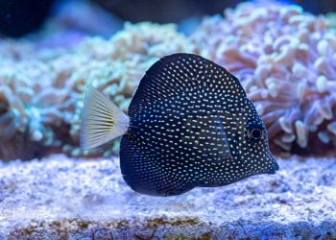
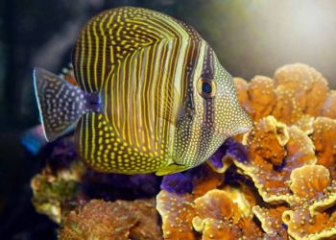
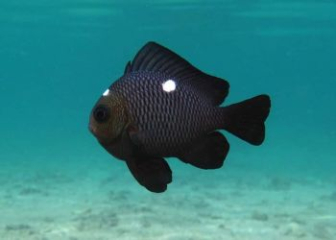
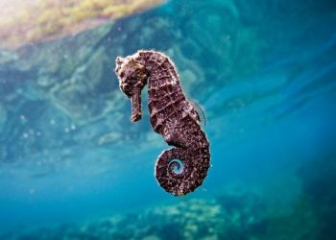






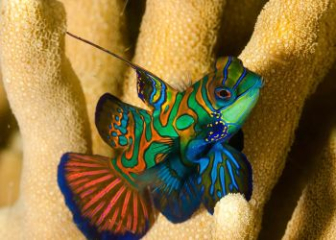

_350x250.jpg)


